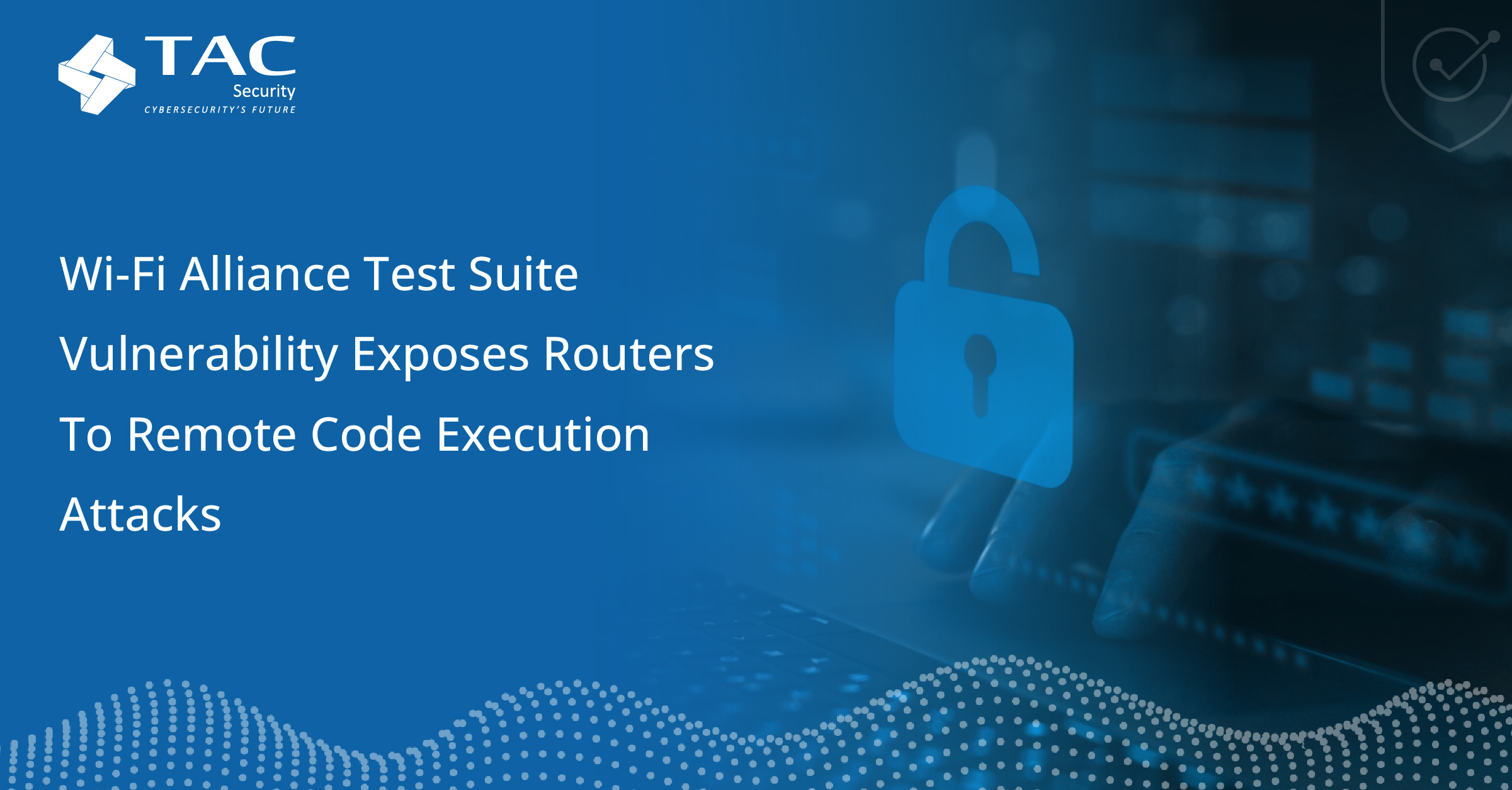Log4j Vulnerability: A Zero Day Vulnerability That Sets Off Alarms for Millions

Description
Security breaches at a large scale affect millions of people and this failure takes time to resolve and get back to the normal track. And as the cyber world is expanding with loads and loads of data, one can evidently say that data thefts and computer attacks have become the order of the day.
Heating up the cybersecurity realm, recently a Log4j zero day vulnerability has been discovered affecting the security of Log4j software and has been called Log4Shell. It is a critical vulnerability that is prevalent in a widely-used logging tool (Log4j) that is used by millions of computers across the globe running online services.
“Once again, Log4Shell has highlighted the impact that a vulnerability can have on millions of devices.”
This active threat has been exploited by a critical remote code execution (RCE) vulnerability, CVE-2021-44228, in Apache’s Log4j software library, versions 2.0-beta9 to 2.14.1.
Apache Log4j is an open-source library and is used to monitor activity in applications that belong to the Java programming language. It is not a function known to users, but it is a tool used by developers.
How is Log4j Vulnerability Widespread?
“The vulnerability has a dangerousness index of 10 that is the maximum.”
Log4j is broadly used to log security and performance information in diverse sectors like operational technology products, websites and applications, enterprise services, and more.
Talking about the Log4j-core, 17000 packages got affected, accounting for 4% of the ecosystem, out of which 25% of the affected packages have fixed versions available.
8% of the Maven Central Repository have been impacted by this recently disclosed widespread vulnerability which is more than 35000 Java packages.
As crucial information is logged and stored within the enterprise system(s) which are extensively used in a myriad of industries this vulnerability must be taken strenuous care of. And in order for vulnerabilities to be mitigated in products/services that make use of Log4j, the administrators must implement security measures to prevent the severity of vulnerabilities and the likelihood of exploitation.
“Log4j is widely used and the vulnerability can be easily exploited without much expertise that makes it the most potential computer vulnerability among others.”
The Log4Shell Bug and How it is Injected?
The brow-raising vulnerability affects an open-source library built by the Apache Foundation, i.e. Apache Log4j that is commonly used in devices to record the activities carried out during the application’s execution that is related to the Java programming language. (It is used by developers)
Faced with this security breach, hackers only have to send a small malicious code that is registered in Log4j, if this library is in version 2.0 or later, it will immediately give the attacker access to the system, who will be able to execute code remotely, that is, you will be able to remotely control the device, without much resistance.
Just 24 hours after the problem was discovered, the developers of this registry library already had a security patch in place to address this vulnerability.
It’s an invention of three creators who developed Log4j in their spare time and offered it as an open-source system for the developer community, something common in the industry.
The Minecraft Attack
This failure has caused an attack that has affected the Minecraft servers, which have been hacked with a simple message in the game’s chat.
In this type of attack, the hacker only has to send a malicious code that, if the device is Log4j in version 2.0 or higher, gives direct access to the system, and can execute the code remotely. Therefore, this allows the attacker to control the system and steal the data.
What Should Anybody Do if They use Log4j in Apps?
The first and foremost way is to get the applications or products using Log4j updated with the latest version of its software as the older updates might be easily accessible by hackers for compromising over the data security.
Next, check for regular updates your digital assets need as more products may release effective patches over the coming days.





